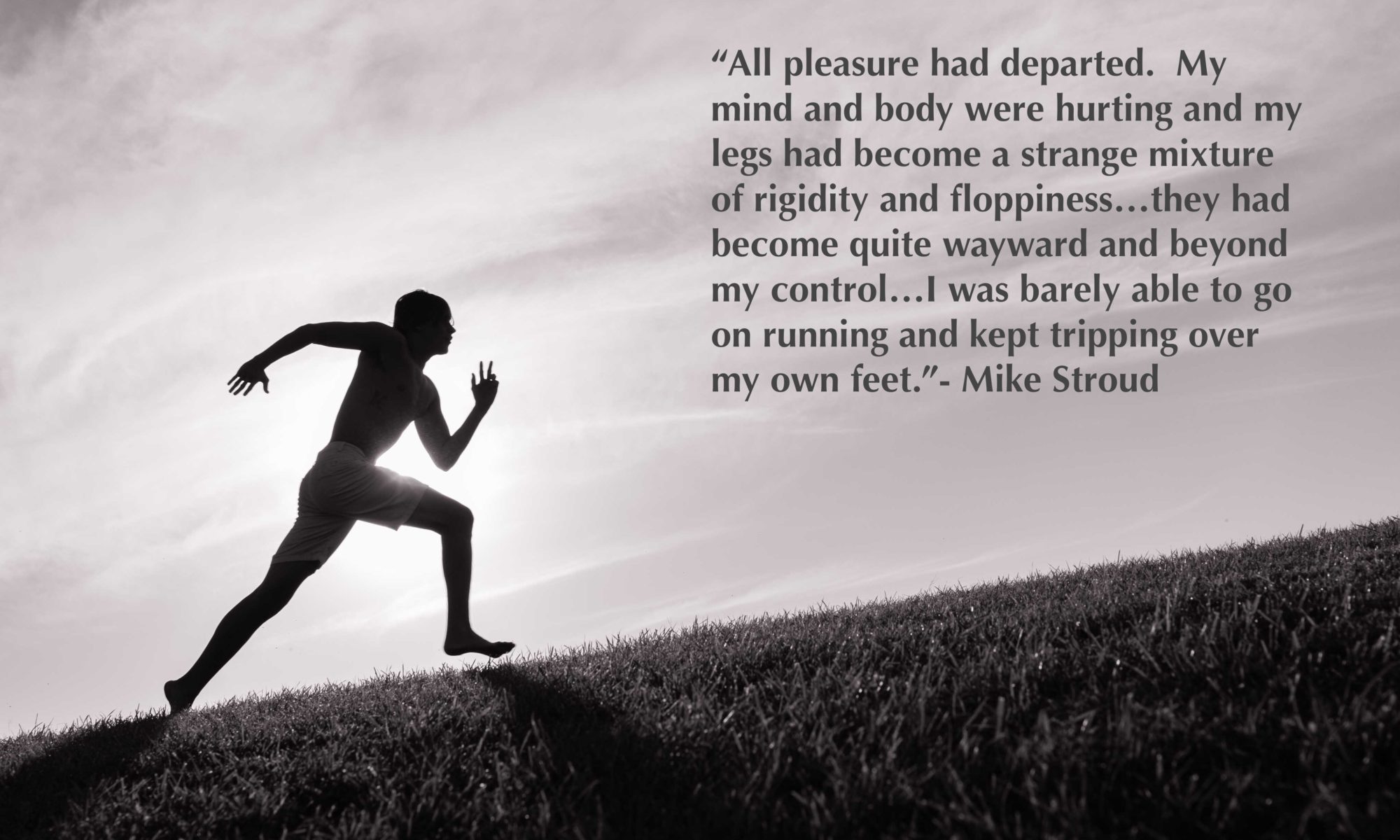Summary: This section seeks to comprehend the limits of human speed, endurance, and strength. Moreover, to ultimately discover the constraints of the speed humans can reach, the distance humans can jump, and the heaviest weight that humans can lift.
A question of energy
Before a race, adrenaline concentration elevates and thus quickens pulse and contracts the heart. Breathing becomes faster and deeper while muscles tense as blood diverts to the legs.  During the race, heart rate reaches its max, breathing deepens and quickens, and the blood oxygen races towards the muscles. Soon after, lactic acid impairs the runner’s speed and coordination. On the other hand, distance trials require a slower pace so muscles continually receive oxygen. Either runner relies on ATP, the energy currency of the body; its breakdown facilitates muscle contractions. However, ATP production demands creatine phosphate and a constant oxygen supply. When ATP reserves dissipate, stored carbohydrates and fats are burned for energy.
During the race, heart rate reaches its max, breathing deepens and quickens, and the blood oxygen races towards the muscles. Soon after, lactic acid impairs the runner’s speed and coordination. On the other hand, distance trials require a slower pace so muscles continually receive oxygen. Either runner relies on ATP, the energy currency of the body; its breakdown facilitates muscle contractions. However, ATP production demands creatine phosphate and a constant oxygen supply. When ATP reserves dissipate, stored carbohydrates and fats are burned for energy.
Oxygen Supply
Breathing does not control exercise, but in fact cardiac contraction rate limits oxygen supply. To solve this problem adrenaline increases heartbeat rate and the blood volume pumped in the heart. To further upsurge oxygen supply, blood from less active organs diverts to the muscles.
You Are What You Eat
To maximize physical performance for athletes, carbohydrates provide a substantial supply of glycogen, which can be broken down during exercise for energy. After the carbohydrate stores lower, fats are the next to burn for fuel.
Speed vs. Stamina
High intensity athletes implement “fast muscles,” which contract rapidly but fatigue easily. These runners have larger leg and upper body muscles to optimize their start. Endurance runners utilize “slow muscles,” which contract less rapidly but resist fatigue for longer. Distance runners tend to be thinner so they have less “dead weight” to carry. Interestingly, individuals have been found to be genetically programmed to have more of one muscle group over the over.
Running Down
Prolonged muscles contraction releases less and less calcium from stores, becoming less effective over time. During short contractions, muscle stores tire of continually releasing calcium. After ATP depletion, muscle glycogen decreases induce exhaustion, and fat metabolism fails to maintain as much ATP. Higher temperature imposes the opposite demands of blood flow as exercise, so heat exhaustion contributes to fatigue.
Working Out
 Exercise delivers benefits such as physical fitness and lifting mood. Endorphins released during exercise increase the sensation of relaxation. Fitness improves muscle coordination, perfects skilled movements, and improves judgment. On the whole, training delays fatigue’s onset, enhances muscle strength and power, and increases heart size (thereby reducing resting pulse). Skeletal muscles also gain the ability to produce more ATP.
Exercise delivers benefits such as physical fitness and lifting mood. Endorphins released during exercise increase the sensation of relaxation. Fitness improves muscle coordination, perfects skilled movements, and improves judgment. On the whole, training delays fatigue’s onset, enhances muscle strength and power, and increases heart size (thereby reducing resting pulse). Skeletal muscles also gain the ability to produce more ATP.
Gender Differences
Women lag behind in strength, speed, and stamina. Aside from the disparity in the opportunity to train, physical differences also contribute to this difference. Women uptake less than half of men’s oxygen supply due to higher body fat percentage and less muscle. With more hemoglobin and larger hearts, men have larger oxygen stores and cardiac output. The exception to these disadvantages happens in the swimming pool, where more fat and less dense muscle corresponds to faster times.
Enhancing performance
Most common, anabolic steroids (a synthetic testosterone) increase muscle mass, strength and performance. However, this increases risk of heart disease, liver caner, kidney damage, and even personality disorder. Males will suffer from shriveled testes while females experience altered menstruation, body hair, and disrupted growth.
 Other drugs have negative side effects as well. Growth hormone induces acromegaly, where the hands, feet, and facial bones grow much larger than normal. Amphetamines (“pep pills”) cause dizziness, agitation, and confusion. Erythropoietin, which stimulates red blood cell production, has not been proven to enhance performance, but actually increases blood viscosity.
Other drugs have negative side effects as well. Growth hormone induces acromegaly, where the hands, feet, and facial bones grow much larger than normal. Amphetamines (“pep pills”) cause dizziness, agitation, and confusion. Erythropoietin, which stimulates red blood cell production, has not been proven to enhance performance, but actually increases blood viscosity.
Taking the Strain
While exercise possesses many benefits, over-use injuries pose a risk to one’s well being. Aside from fractures and strained muscles, tendon tears will leave an athlete incapacitated. Stress weakens the immune system, making the individual more susceptible to infection. Constant exercise may cause protein leakage, which can be life-threatening if the cellular salt concentration becomes unbalanced. Generally, any type of exercise places the individual in an environment where bodily trauma can occur.

